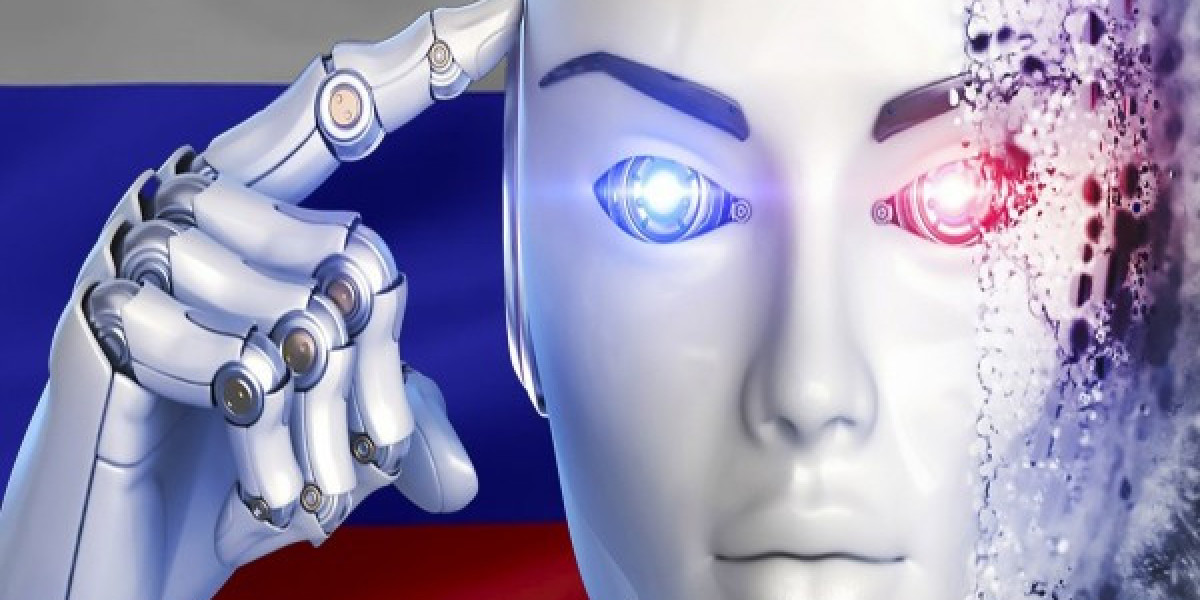Ultraviolet Light Technology
Many disinfectant bots utilize ultraviolet (UV) light to eliminate microorganisms. UV light works by destroying the nucleic acids of bacteria, viruses, and other pathogens, disrupting their DNA/RNA and their ability to multiply. When used at the right dose, it can render most surface-dwelling and airborne microbes inactive. UV disinfectant robots systematically scan rooms by emitting UVC rays, ensuring all exposed surfaces receive the necessary dose to achieve disinfection. This automated process allows for faster and more thorough coverage than manual cleaning.
Applications in Healthcare Settings
Disinfectant Robot have become a mainstay in hospitals and clinics for combating the spread of drug-resistant superbugs. They are commonly used to disinfect patient rooms, operating theaters, intensive care units, and other clinical areas. By reducing microbial load in these spaces, the robots help limit the transmission of infections between vulnerable patients. They also save valuable staff time that would otherwise be spent manually disinfecting rooms between patients using harsh chemicals. Robots with self-driving capabilities make the disinfection process even more efficient by navigating rooms autonomously without needing human guidance.
Disinfecting Shared Facilities
Outside of health facilities, disinfectant bots are finding roles in densely occupied public buildings like schools, hotels, offices, and airports. They help ensure common areas like washrooms, elevator buttons, hand railings, and doorknobs remain free of illness-causing pathogens. Providing an extra layer of cleanliness allows people to utilize shared spaces with greater peace of mind. The robots may also be deployed for routine cleaning or in response to infectious disease outbreaks in densely populated locales. Their round-the-clock operation keeps high-traffic spots as hygienic as possible throughout each day and night.
Continuous Monitoring and On-Demand Disinfection
Newer robotic models go beyond basic scheduled disinfection to offer continuous surface monitoring capabilities. Using embedded sensors and artificial intelligence, they can detect in real-time when particle buildup on surfaces exceeds predetermined thresholds. This prompts the robot to autonomously disinfect problem spots on demand for optimum cleanliness. In healthcare settings, continuous monitoring could help control the spread of infection by promptly identifying and disinfecting any surfaces contaminated during patient care. Non-medical facilities gain benefits like immediately addressing areas that see heavier use or become soiled unexpectedly.
Get more insights on Disinfectant Robot








